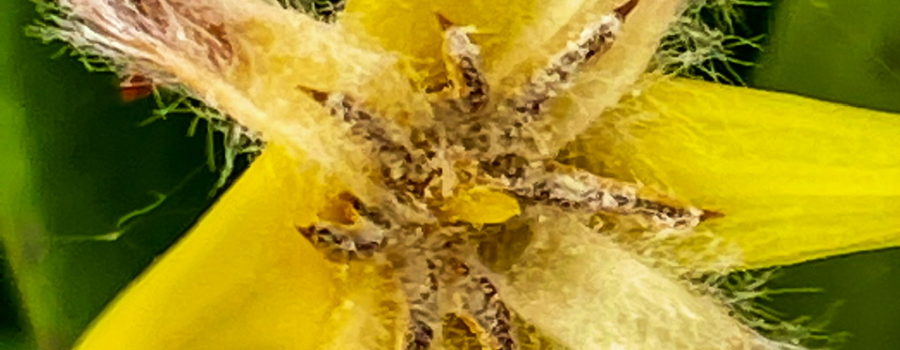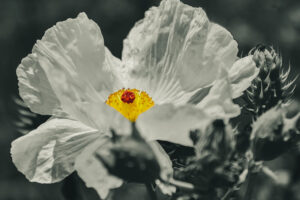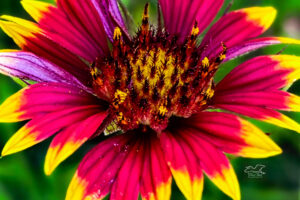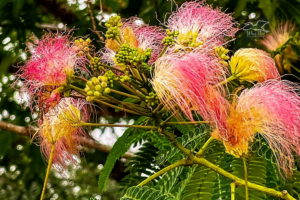Red Mangroves Provide Great Advantages to Their Ecosystem

Back in August I took an afternoon trip out to Fort Island Gulf Beach in Crystal River, mainly in hopes of being able to photograph some sea birds, but I also found some pretty cool plants out there as well. I already wrote about the beautiful ivy leafed morning glory flowers, but one of the most environmentally important plants out there are the red mangroves (Rhizophora mangle). Red mangroves can be found on beaches, salt marshes, and estuarine habitats throughout the tropics and into the subtropics in some areas. They are a very interesting species with some very unique characteristics and their systems of “prop roots” make them the iconic tropical beach tree.

Red mangroves are one of the few trees that can survive in salt and brackish water, so they can thrive in areas where little else can grow and have therefore created their own ecosystems called mangals where they grow. They are frequently found near white mangroves (Laguncularia race moss) and black mangroves (Conocarpus erectus), but are usually in saltier water than the others. By stabilizing the soil where they grow, red mangroves create an environment for crabs, fish, other plants, and other animals. They stabilize the soil by putting out their prop roots which catch sand and debris as the tides come and go. Over time, this leads to the development of new land. The prop roots also provide a great place for small fish, crabs, and other animals to shelter, avoid larger predators, and feed. The prop roots also provide more than just support for the trees themselves. The parts that are out of the water are capable of taking up oxygen allowing the tree to breathe, even in high water. The prop roots also are important in helping remove the salt from the water taken up by the rest of the root system, which is how the trees can survive in salt and brackish water.

Besides their unique prop roots, red mangroves also have an unusual way of reproducing. Red mangroves actually produce a living seed. Unlike most plants, the seeds to not need to mature for a season before they begin to sprout. Additionally, they don’t need soil or even water. After the flowers are pollinated they form a brown, nut like fruit. Once the fruit ripens, it elongates and then it actually begins to sprout while still on the tree. On one end it sprouts roots while on the other end it sprouts small leaves. Essentially it forms a small tree that still hangs, attached to the parent tree! This unique structure even has it’s own name. It’s called a propagule. But this uncommon story doesn’t end there. The propagules are actually weighted so that when they do eventually fall from the tree, they fall root end first. If they fall into soil it takes almost no time for them to take root and begin to grow. This is one of the reasons that mangroves are often found growing in large groups. If the propagule happens to fall into the water, it will float along until it washes up somewhere and then take root. Amazingly, a propagule can float in the ocean for up to a year and still begin to grow once it washes ashore.

When I was out at Fort Island Gulf Beach it was still too early in the year for propagules. The red mangroves were still producing plenty of flowers, but no seeds had formed, let alone propagules. Perhaps when I head down there for Thanksgiving, I need to make a run out to the beach and see what’s going on with the mangroves. If I find some propagules I’ll be sure to share the photos with all of you.

If you enjoy beautiful nature photography and artwork that is accompanied by entertaining and informative nature related content, then you will really enjoy this blog. Find out for yourself by subscribing below and join our family!





Recent Comments